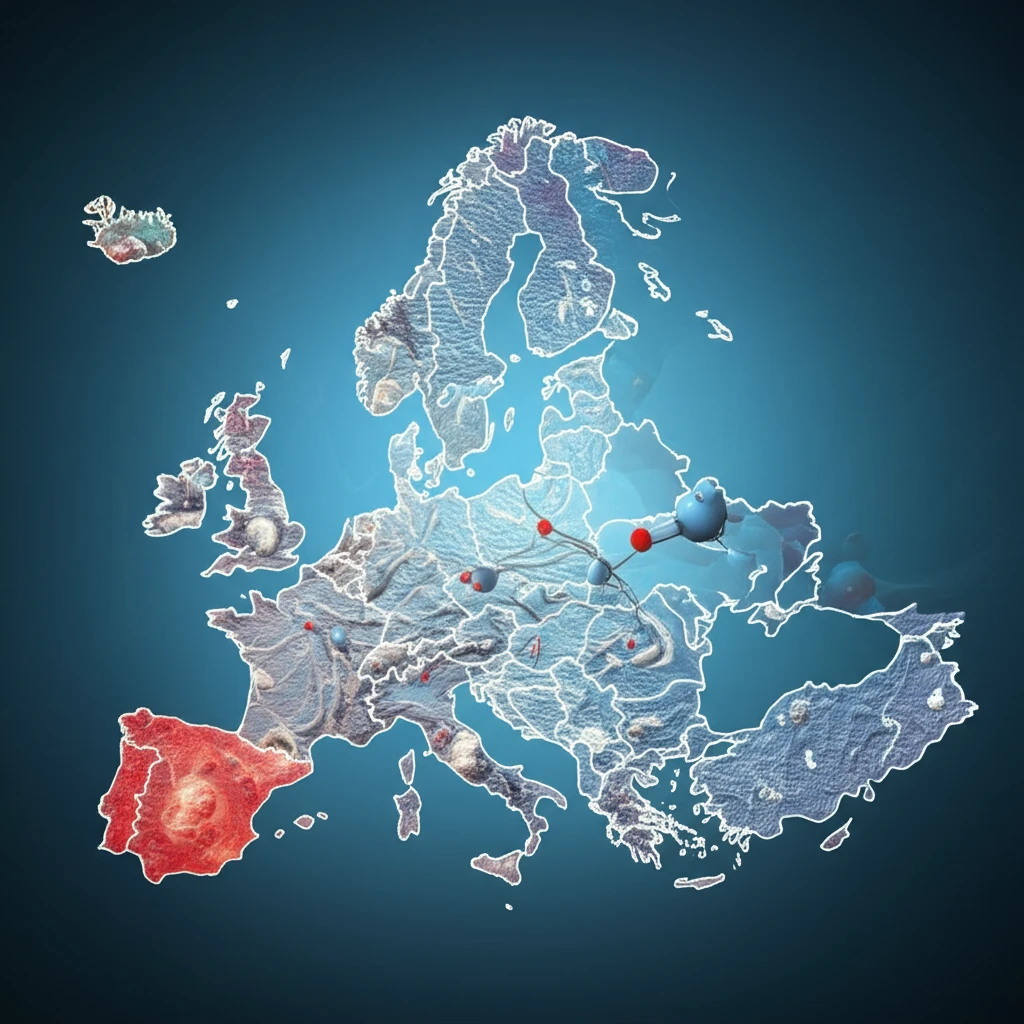
Fumaric Acid Esters: The Psoriasis Treatment Becoming a European Standard
"From Patient Discovery to European Approval: How Fumaric Acid Esters are Revolutionizing Psoriasis and Multiple Sclerosis Treatment."
The story of fumaric acid esters in medicine is extraordinary. Originating from a patient's insight, developed by Swiss pharmacists, clinically tested by German dermatologists, and initially approved only in Germany, Fumaderm® achieved a market share of up to 60% among conventional systemic therapies. This medication holds a distinctive position in the world of dermatology.
However, the history of fumaric acid esters is marked by unusual circumstances. The composition of Fumaderm®, including dimethyl fumarate and three ethyl hydrogen fumarate salts, was never scientifically justified. To this day, the rationale behind this specific mixture remains unknown. Furthermore, the approval of Fumaderm® in 1994 was primarily based on data from a single double-blind, randomized, placebo-controlled study conducted by Peter Altmeyer in Bochum, involving only 100 patients over 16 weeks.
Despite these unusual beginnings, Fumaderm®'s success grew, becoming a leading systemic treatment for psoriasis. This success did not go unnoticed by dermatologists in other European countries. While the Netherlands had long been producing similar formulations in hospital pharmacies, the UK and Ireland had special arrangements allowing certain centers to prescribe imported Fumaderm®. Even in these countries, it became a frequently used systemic therapy for psoriasis.
From Fumaderm® to Tecfidera®: Overcoming Regulatory Hurdles

The irrational mixture of fumaric acid esters in Fumaderm® hindered its approval outside of Germany. Consequently, the Swiss company Fumapharm AG developed FAG-201, a new drug containing only the active ingredient dimethyl fumarate (DMF). This was intended for the European and international markets. Following an initial Phase II study of FAG-201 in psoriasis patients in Poland, Fumapharm partnered with the US firm Biogen.
- Key Development: BG-12, containing only Dimethyl Fumarate (DMF), showed fewer gastrointestinal side effects.
- Psoriasis Focus Shift: Biogen acquired Fumapharm in 2006, halting the psoriasis program and focusing BG-12 on multiple sclerosis.
- Regulatory Approval: The FDA and EMA approved BG-12 (Tecfidera®) for multiple sclerosis treatment.
Skilarence®: A New Hope for Psoriasis Patients
Almirall, a Spanish company, developed a DMF-only medication with the galenic properties of Fumaderm®, taking advantage of a temporary EMA allowance for hybrid generics. This paved the way for European approval of DMF therapy for psoriasis. A European comparative study between LAS41008, the new DMF development drug, and Fumaderm® showed no differences in efficacy, tolerability, and adverse drug reactions. This study was the basis for the EMA's positive opinion on April 21, 2017, and the EU approval on June 27, 2017, of LAS41008 under the brand name Skilarence®.
Skilarence®'s dosing and titration schedule are identical to those of Fumaderm®, and it is available in 30 mg and 120 mg DMF tablets. The pharmacological properties also match those of Fumaderm® due to the identical galenic formulation. A key advantage of Skilarence® is the updated monitoring recommendations, which align with clinical practice and guidelines, improving safety. For Skilarence®, monitoring can be done every 3 months if Lymphocytes is above 1000/Microliter. if it goes below this a monthly test must be taken. If Lymphocyte is below 700/Microliter, therapy must stop.
The approval of Skilarence®, containing only DMF, makes approvals outside Europe feasible. However, to further benefit patients, regulatory bodies like the EMA should reconsider their stance on DMF. The EMA should have a clear position for Europe.
